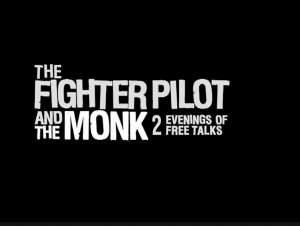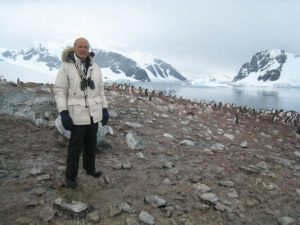AVOID HIGH FRUCTOSE CORN SYRUP AT ALL COSTS
I’ve been preaching about the dangers of high fructose corn syrup for years, and finally, The Times Online verifies: “Scientists have proved for the first time that a cheap form of sugar used in thousands of food products and soft drinks can damage human metabolism and is fuelling the obesity crisis.” www.timesonline.co.uk/tol/news/uk/health/article6954603.ece
For years I’ve been trying to stringently avoid highly processed foods in general, and foods with high fructose corn syrup in particular. I steer my children away from it. It’s a relief to see the scientific community rallying around what we in the natural health fields have known for years:
“Fructose bypasses the digestive process that breaks down other forms of sugar. It arrives intact in the liver where it causes a variety of abnormal reactions, including the disruption of mechanisms that instruct the body whether to burn or store fat.”
My question is, knowing that the US FDA is only a shill for the chemical, pharmaceutical, and biotech companies, will the FDA finally now warn people against high fructose corn syrup, which is potentially as dangerous to people as cigarettes?
Or will the FDA continue to turn a blind eye to the crippling and sickening of the American people by the aforementioned chemical, pharmaceutical, and biotech companies?
Because those companies do not have Americans’ best interests at heart. They have their cash influx at heart. And the FDA has pandered to that, probably because there is a constant flux of scientists and researchers from companies seeking FDA approval to the FDA, and then back to their original companies, when they’ve gotten their products approved. Yep, it’s true: scientists will, say for example, leave Monsanto to work at the FDA when they want the use of bovine growth hormone approved in milk; then, when the FDA has approved the adulterated milk so that Monsanto can get richer, those scientists return to Monsanto. This is of course purely a hypothetical situation: at least, I present it that way, though I read that it happened.
(See NEXUS Magazine, several articles including June/July 2001, vol. 8 #4, “Milking the Truth with GE Hormones” by Jane Akre and Steve Wilson, also Aug/Sept 1998, vol. 5 #5, “The Health Dangers of Dairy Products,” by Robert Cohen, regarding scientist Dr. Margaret Miller.)
So, how soon before the big $$ who profit over high fructose corn syrup can be silenced so that Americans can be healthy?





